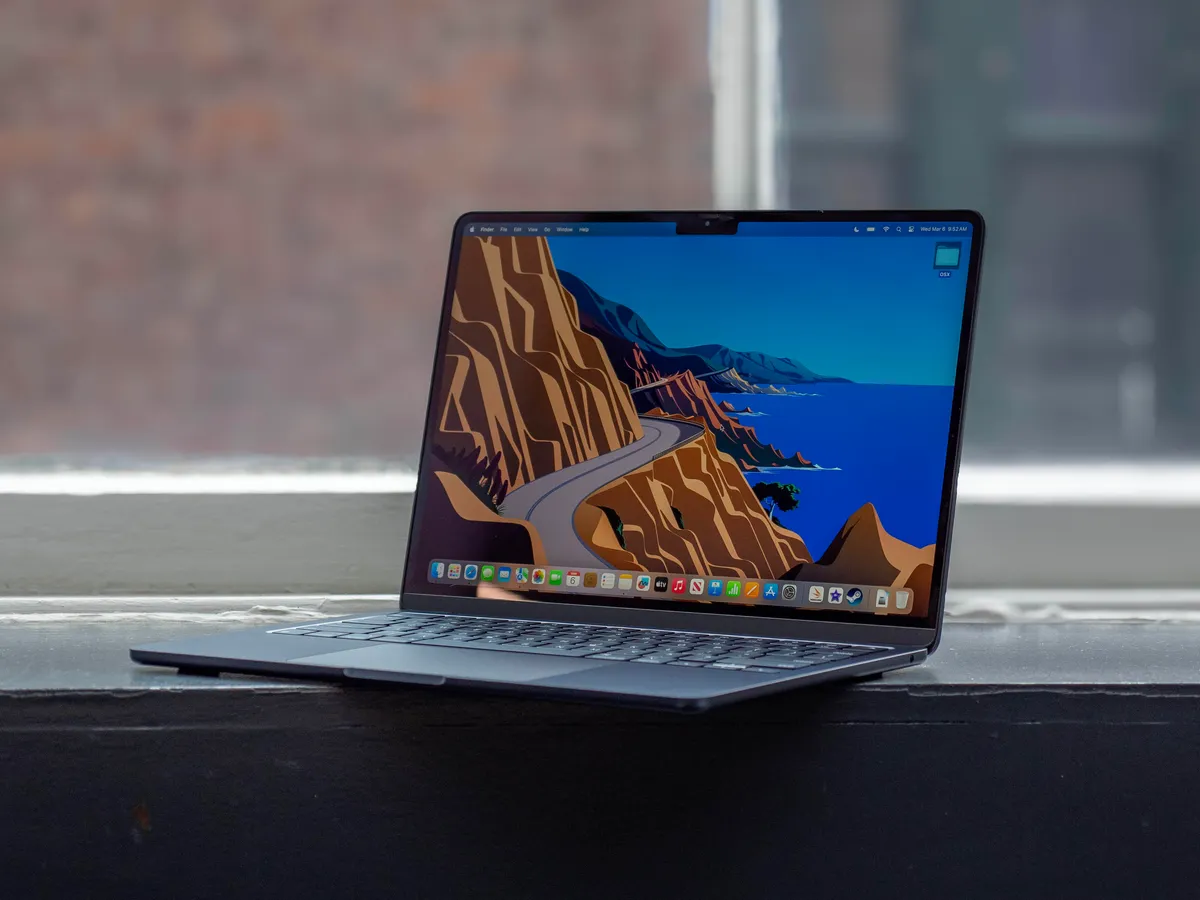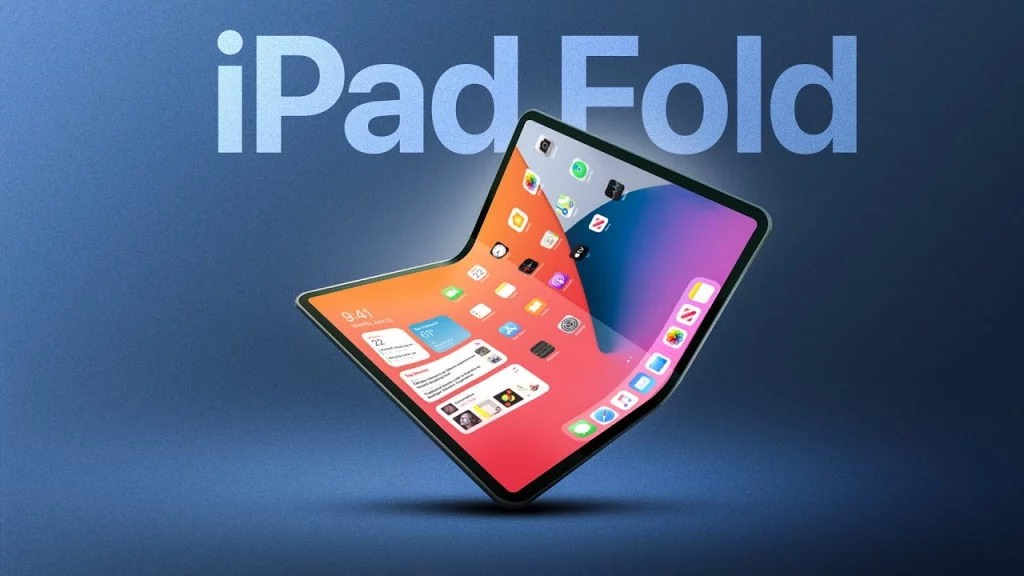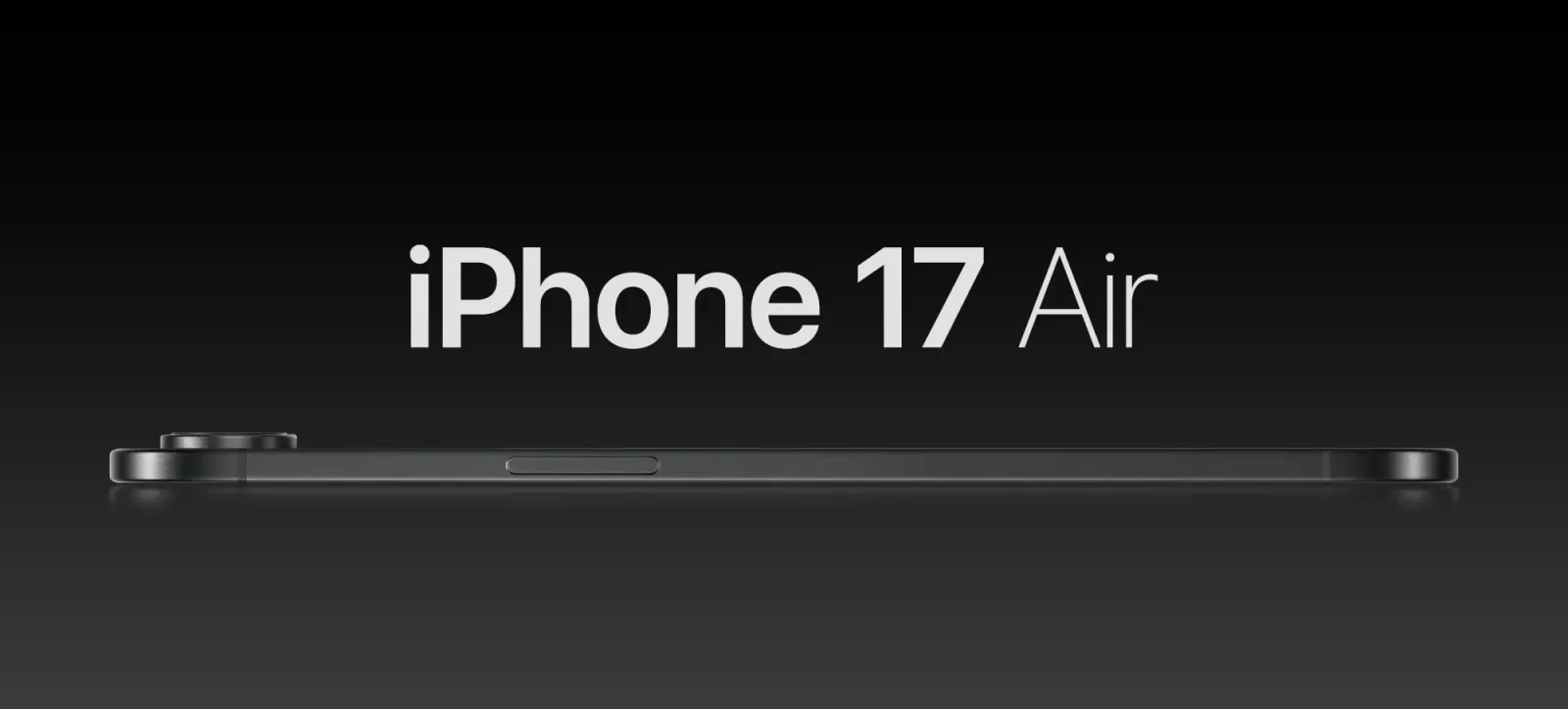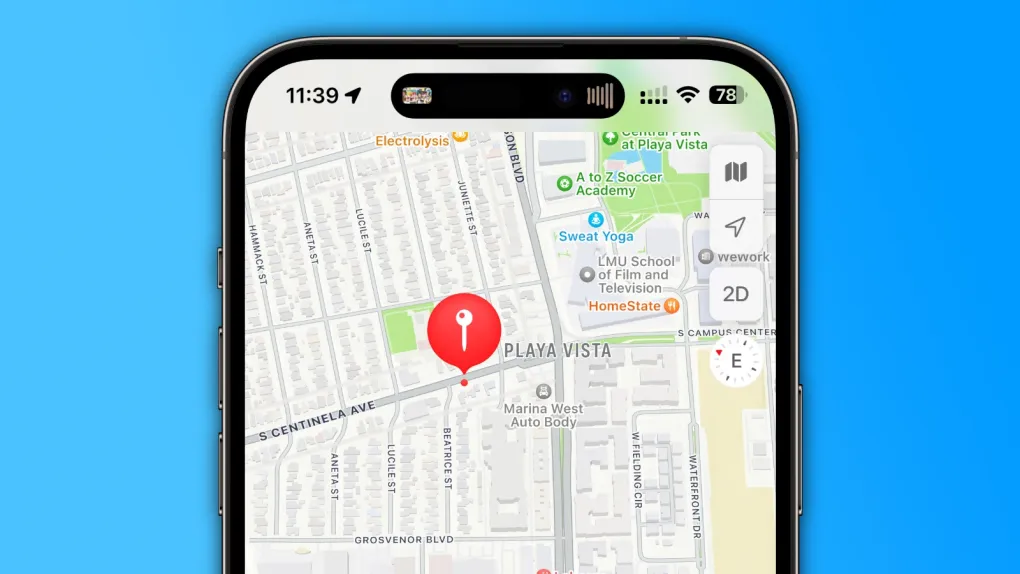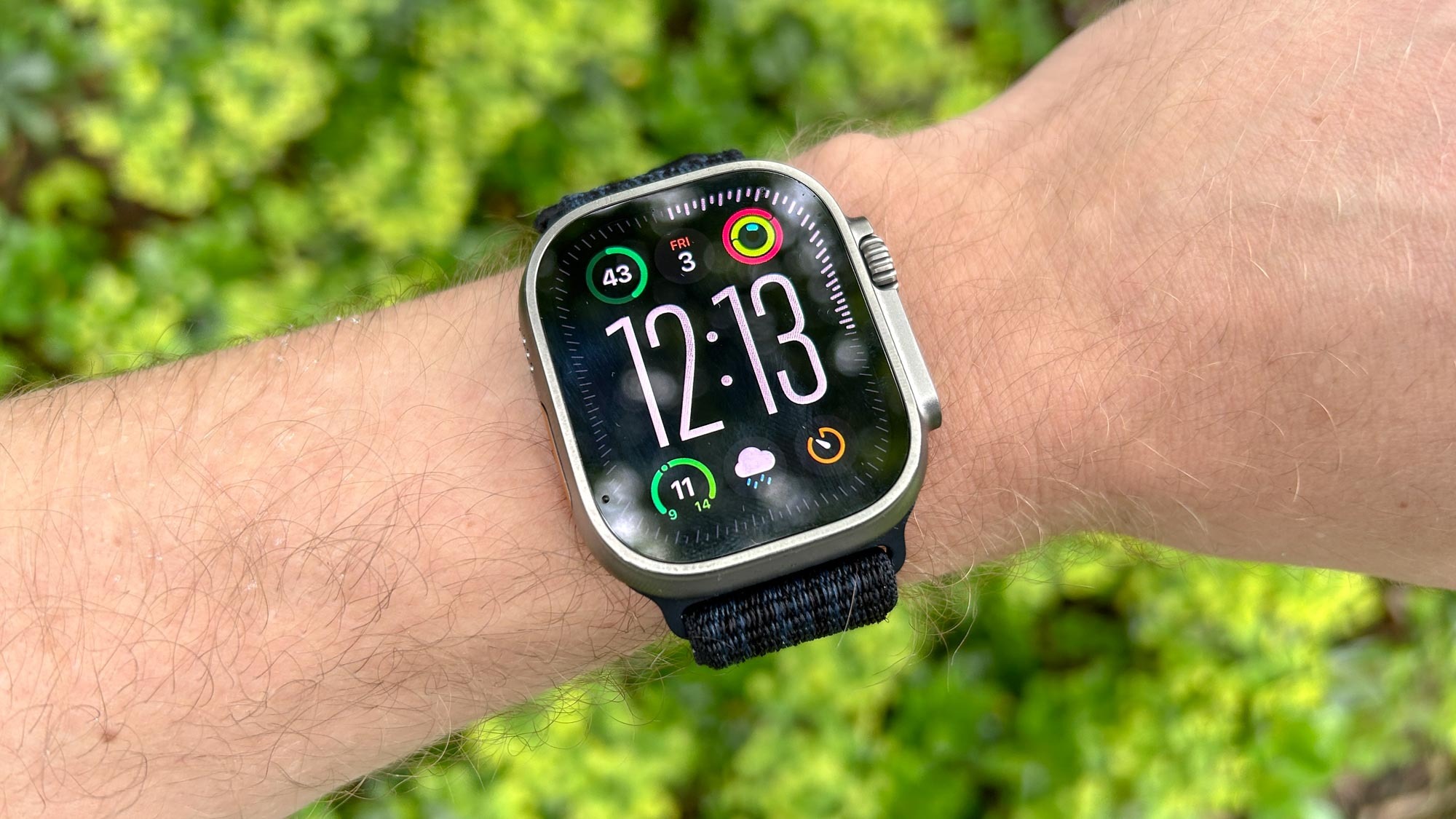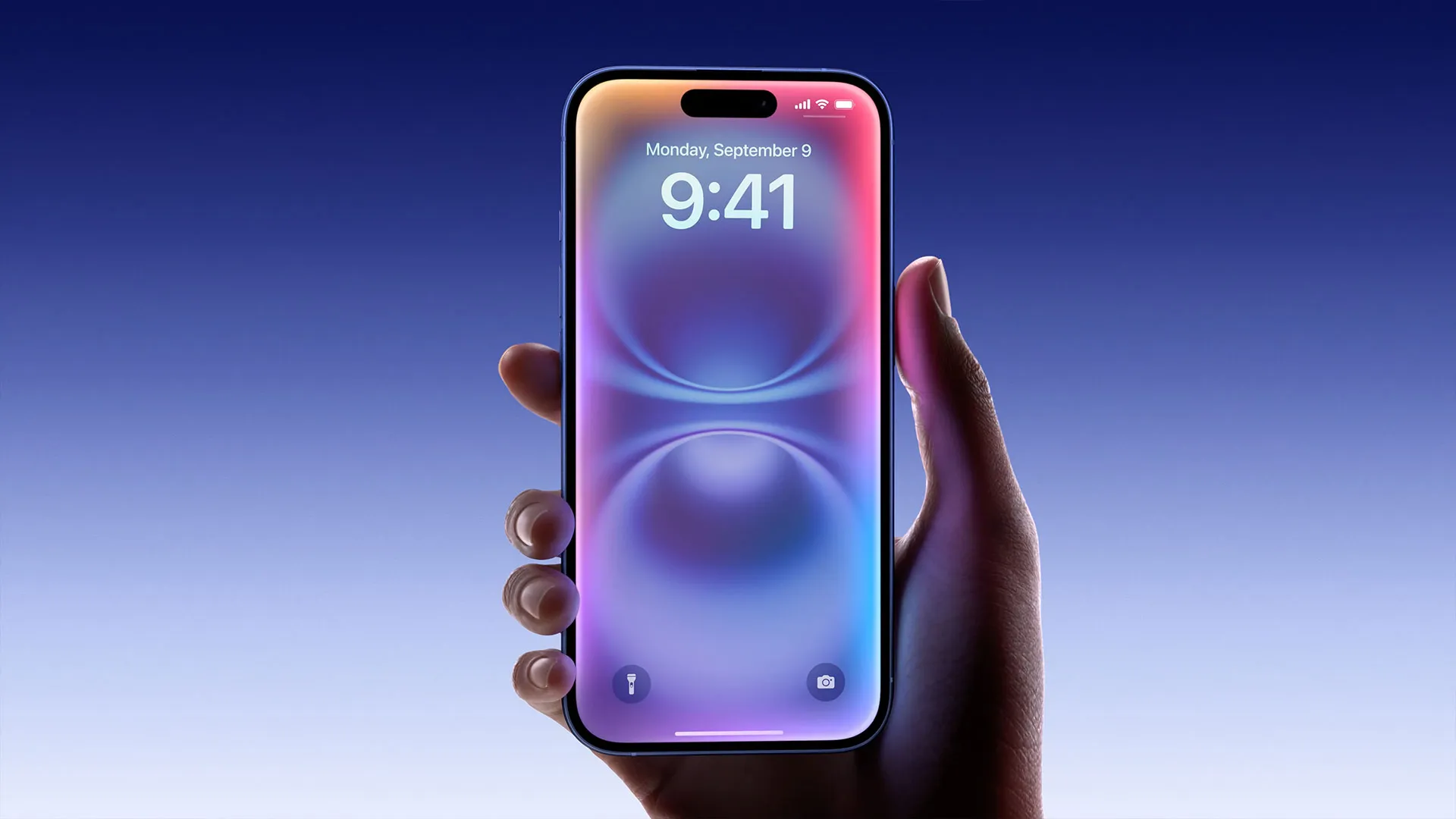Apple fans are buzzing about what’s coming with the MacBook Pro in 2026. Rumors suggest it could be the “perfect” version yet, packed with cool upgrades. Let’s dive into what’s being talked about. First up, the screen might get a big boost. People are saying Apple could switch to OLED displays, which means brighter colors and darker blacks. Plus, the size could grow a bit—think 14.2 inches and 16.2 inches instead of the current 14 and 16. That extra space could make work and play even better.
Power is another hot topic. The 2026 MacBook Pro might come with Apple’s next-level M5 chip. This tiny powerhouse could make everything faster, from editing videos to running big apps. Some even believe it’ll handle heavy tasks without breaking a sweat, thanks to smarter design and more strength.
Battery life could also see a jump. With the new chip and some clever tweaks, the laptop might last longer on a single charge—perfect for those long days away from a plug. And don’t forget the look: whispers hint at a slimmer, sleeker body that’s easier to carry around.
Finally, there’s talk of a better keyboard and more ports. Apple might bring back some fan-favorite connections, like an SD card slot, making life simpler for photographers and creators. The typing experience could feel smoother too, with keys that just click right.
While it’s all rumors for now, the 2026 MacBook Pro sounds like a dream for tech lovers. Bigger screens, more power, longer battery, and a fresh design? Count us in! Apple hasn’t spilled the beans yet, but the chatter has us excited for what’s next.
